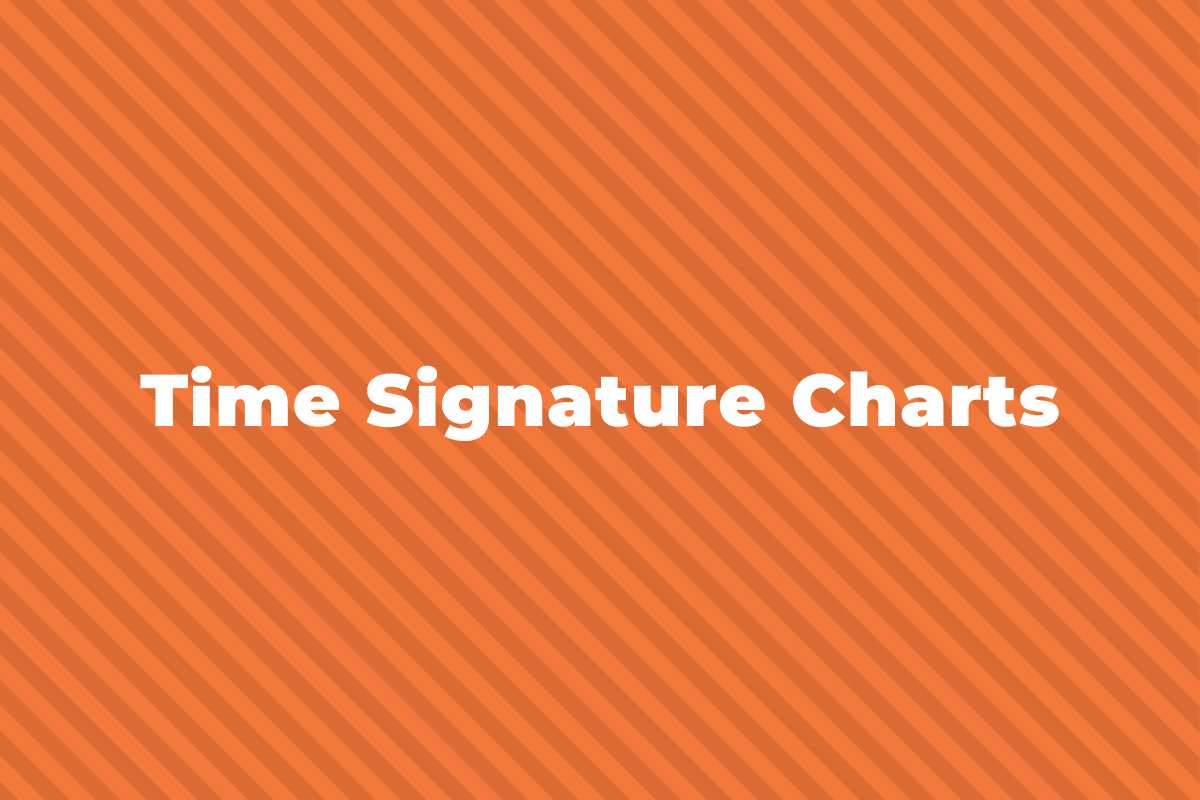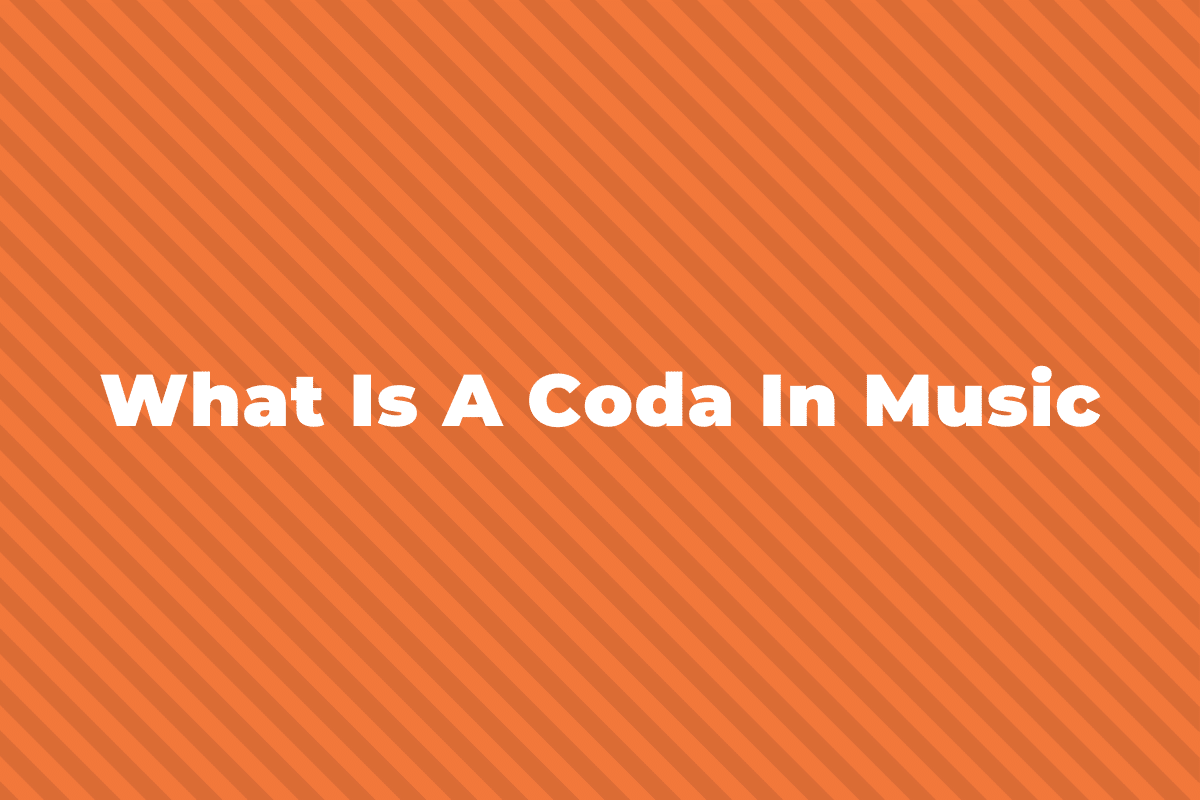The Mixolydian mode is one that is used widely in lots of different styles of music. Everything from pop to jazz and blues. Its distinctive sound makes it very popular.
In this post, I’ll cover some of the music theory behind it and how to play it. But first, let’s cover what are modes.
What Are The Modes?
The modes are a set of seven diatonic scales, each with its own unique sound and formula.
Even though they’re all different, they are all based on the major scale using the same formula of half steps and whole steps (semitones and tones), but each mode is shifted by one note over.
A recommended way for beginners to explore the modes is by playing one octave of all the white keys on a piano but starting on different notes.
For example, if you play all the white keys from C to C, you’ve just played the Ionian mode.
If you then played all the white keys from D to D, you would have played a D Dorian mode.
If you were to play all the white keys from E to E, you would have played an E Phrygian mode and so on.
Below are all the modes of C major scale.
| Modal scales | Notes of the mode |
| C Ionian mode | C – D – E – F – G – A – B |
| D Dorian mode | D – E – F – G – A – B – C |
| E Phrygian mode | E – F – G – A – B – C – D |
| F Lydian mode | F – G – A – B – C – D – E |
| G Mixolydian mode | G – A – B – C – D – E – F |
| A Aeolian mode | A – B – C – D – E – F – G |
| B Locrian mode | B – C – D – E – F – G – A |
What is the Mixolydian mode?
The Mixolydian mode is the 5th mode of the major scale as it is derived from the 5th note of the major scale.
It is also sometimes referred to as a dominant scale because the 5th degree of the major scale is called the dominant.
To play a Mixolydian scale, you can play all the white keys from G to G on a piano.

The Mixolydian mode uses this formula of half and whole steps: W – W – H – W – W – H – W
Which in semitones and tones is: T – T – S – T – T – S – T
So, using this formula of whole steps and half steps (semitones and tones) you can play a Mixolydian scale in any key.
Degrees of the Mixolydian scale
The Mixolydian is very similar to the Ionian mode (the major scale) except it has its 7th note lowered by a half step (semitone).
It’s also a type of major mode because the third note of the scale is a major interval.
Here are all the scale degrees of the Mixolydian mode: 1 2 3 4 5 6 b7
- 1. Root
- 2. Major second
- 3. Major third
- 4. Perfect fourth
- 5. Perfect fifth
- 6. Major sixth
- b7. Minor seventh

Music written in the Mixolydian mode
The Mixolydian mode is a very widely used scale in pop and jazz music being one of the key sounds of blues and jazz music.
There are lots of examples of music written in the Mixolydian mode, but one of my favorite tunes is All Blues by Miles Davis.
It sums the sound up well with its jazzy bluesy sound.
Another good example of the Mixolydian mode in action is the classic song by War – Low Rider.
It’s always being played in adverts, T.V shows, and films.
If you listen to the bass line you’ll hear the sound of the Mixolydian mode.
It’s not as distinctive as some of the other modes but the riff with a flattened 7th note can be heard in the bass line.
List of Mixolydian modes
Below is a list of all the Mixolydian modes and I’ve listed the notes for each one too.
| Key | Notes in the Mixolydian mode |
| C | C – D – E – F – G – A – Bb – C |
| C# | C# – D# – E# – F# – G# – A# – B – C# |
| Db | Db – Eb – F – Gb – Ab – Bb – Cb – Db |
| D | D – E – F# – G – A – B – C – D |
| D# | D# – E# – F## – G# – A# – B# – C# – D# |
| Eb | Eb – F – G – Ab – Bb – C – Db – Eb |
| E | E – F# – G# – A – B – C# – D – E |
| F | F – G – A – Bb – C – D – Eb – F |
| F# | F# – G# – A# – B – C# – D# – E – F# |
| Gb | Gb – Ab – Bb – Cb – Db – Eb – Fb – Gb |
| G | G – A – B – C – D – E – F – G |
| G# | G# – A# – B# – C# – D# – E# – F# – G# |
| Ab | Ab – Bb – C – Db – Eb – F – Gb – Ab |
| A | A – B – C# – D – E – F# – G – A |
| Bb | Bb – C – D – Eb – F – G – Ab – Bb |
| B | B – C# – D# – E – F# – G# – A – B |
That’s it for the Mixolydian mode
I hope that helps you make a bit more sense of the music theory of the Mixolydian mode.
Having studied Jazz at music college it’s one that I’m pretty fond of and use a lot.
If you have any questions that I haven’t covered here, feel free to get in touch and I’ll do my best to help.



